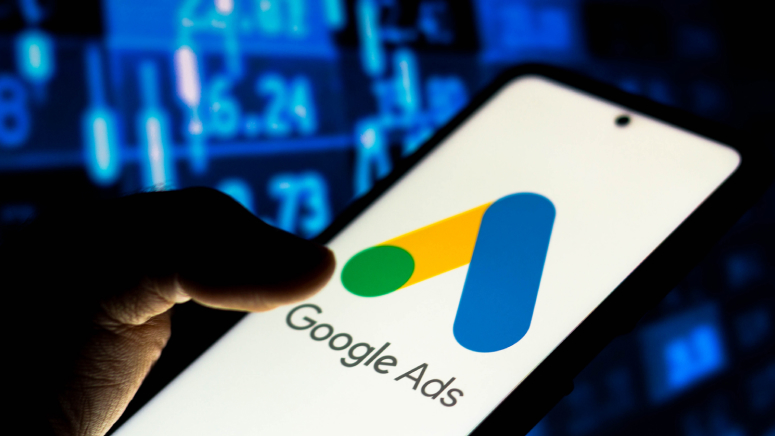In today’s digital-first world, being seen online isn’t just important—it’s everything. Whether you’re a small business trying to reach local customers or a brand aiming for global visibility, getting in front of the right audience at the right time is key. That’s where Google Ads steps in.
Google Ads is more than just a tool—it’s a powerful gateway to connect with potential customers across the vast Google ecosystem. From search results and YouTube ads to Google Maps and Display Networks, it opens up countless opportunities for businesses to promote their products and services effectively.
Unlike traditional ads that cast a wide net, Google Ads lets you target specific audiences based on what they’re searching for, where they are, and even when they’re online. It’s marketing at its smartest—reaching people who are already looking for what you offer.
But Google’s ad platform doesn’t work alone. When combined with other marketing tools like Google Analytics, Google Trends, and Search Console, it becomes even more powerful. These tools help you understand customer behavior, spot trending topics, and optimize your campaigns for better results.
One of the biggest advantages? Google Ads can generate high-quality leads with the help of a tailored strategy. You control the message, the audience, and the budget, making it one of the most cost-effective advertising solutions out there.So, if you’re wondering how to boost visibility, drive traffic, and increase sales, Google Ads might just be the missing piece in your marketing puzzle. In this blog, we’ll explore how it works, why it’s effective, and how you can make the most of it, whether you’re just getting started or looking to refine your strategy.
What is Google Ads?
Google Ads is Google’s official online advertising platform, designed to help businesses promote their products or services across various digital spaces like Google Search, YouTube, Google Maps, and partner websites. It works on a smart advertising model where businesses can target specific audiences based on keywords, location, interests, and more. Whether you’re aiming for brand awareness or sales conversions, Google Ads gives you the tools to reach people exactly when they’re searching for what you offer.
Google AdWords: The Original Name
Before rebranding to Google Ads in 2018, the platform was known as Google AdWords. While the name changed, the core idea remained the same—advertisers bid on keywords to show up in Google’s search results. Over time, It has expanded to include display ads, video ads on YouTube, and shopping campaigns, making it far more versatile than its earlier version.
SEO Strategy vs. Google Ads
While Search Engine Optimization (SEO) focuses on organic visibility, Google Ads offers a faster way to appear at the top of search results. Both are essential parts of a strong digital marketing plan. SEO builds long-term trust and credibility, but it takes time. Google Ads, on the other hand, can deliver instant visibility and quick results, especially useful when launching new products or running time-sensitive campaigns.
Understanding PPC (Pay-Per-Click)
Google Ads operates on a Pay-Per-Click (PPC) model. That means you only pay when someone clicks on your ad, not for impressions. This makes it budget-friendly and performance-driven. Whether your goal is website visits, sign-ups, or purchases, PPC lets you track what’s working and tweak campaigns in real time.
How Does Google Ads Work?
Google Ads works by helping businesses show their ads to the right people at the right time. It uses a bidding system and smart targeting to place ads across Google platforms—whether that’s on Search, YouTube, Gmail, or millions of partner websites. Let’s break down the key types of Google Ads you can use:
1. Search Ads
These are the classic text ads that appear at the top of Google search results when someone searches for a keyword. They’re perfect for capturing high-intent users actively looking for products or services.
2. Display Ads
Display ads are visual banners that appear on websites, blogs, and Gmail. These are great for brand awareness, retargeting, or keeping your brand top-of-mind even when users aren’t actively searching.
3. Shopping Ads
If you run an online store, Shopping Ads show your product image, price, and name right in search results. They’re highly effective for e-commerce businesses looking to drive direct sales.
4. Demand Gen (formerly Discovery Ads)
These ads appear across YouTube, the Discover feed, and Gmail. They’re designed to reach users when they’re open to discovering new products, making them ideal for visually engaging, scroll-friendly promotions.
5. YouTube Ads
Video ads on YouTube help build brand engagement. You can target based on interests, demographics, or even specific videos and channels.
6. App Ads
Want more app installs or in-app actions? Google App Campaigns automatically place ads across Google Play, YouTube, Search, and the Display Network.
7. Performance Max
This is an all-in-one campaign type that uses automation to show ads across all of Google’s platforms. You provide the assets, and Google’s AI does the rest to maximize performance.
Google Ads has redefined how businesses connect with customers online, offering speed, precision, and measurable results. From search to video, shopping to mobile apps, its diverse ad formats ensure there’s a solution for every goal. Whether you’re aiming to build brand awareness or drive direct sales, Google Ads empowers you to reach the right people at the right time. Combined with tools like Google Analytics and Trends, it becomes a complete powerhouse for modern marketers. If you’re ready to scale your digital presence, Google Ads is not just an option—it’s a must-have strategy for today’s competitive market.

Leave a Reply